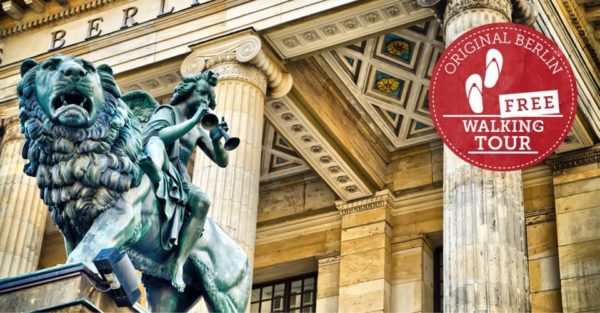Background and Context
One of the most remarkable events in the history of Germany and the entire world was construction of the Berlin Wall. Berliner Mauer auf dem 13. August, 1961 erbaut, war eine Bauscharäre zwischen Ostberlin und Westberlin bis 1989. However, let us pause and get a closer look to this monumental construction and figure out how, at that period, it influenced the ordinary people and the politics as well.
The Construction of the Berlin wall
The Berlin Wall was erected because of increasing ideological, political, military and economic conflict between the Soviet dominated East and the Western powers led by the United States after World War Two. The division of Germany to the Federal Republic of Germany also called the West Germany and the German Democratic Republic better known as East Germany had already ignited a very sharp division.
However, we already have the Berlin Wall as a symbol of this division and the later took it to the next level. It is only known that the construction began on the 13th of August in 1961. When it was constructed, the East Germany government quickly christened the wall as the “Anti-Fascist Protection Rampart” but in fact its main work was to stop the flow of people from East to West Berlin.
Who built the Berlin Wall?
The erection of the Berlin Wall was precipitated by a humongous leakage of skilled labour and efficient professionals from East Germany to West Germany due to several severe economic setback that affected the eastern Germany economy. Through closing the Berlin border, rulers in the East Germany wanted to stop people from fleeing and retain the much needed manpower including those that were so essential in the running of the nation.
That is, when viewed from the political angle, the wall was more than a structure that divided. The Eastern Bloc was making a clear stand to take control of its territory, which was also a message to the West and the fundamentals of democracy.
Social relations in the immediate time before and after the construction of the Berlin Wall
Crossing the Berlin Wall relieved a great many people of their individuality and ended the possibilities of personal development for others. But before the construction of the wall people living in East Berlin had relatively easy time to get to better jobs and better living standard in West Berlin. Furthermore, once the walling was accomplished families and friends were separated without explanation.
To the people of East Berlin the standard of living deteriorated as traveling was restricted and there was a growing totalitarian regime. In contrast, West Berlin symbolized to the East Germans as what a free and prosperous society was like.
Living with the Wall
chopping through the wall made the act of crossing the wall a deadly endeavor for people who were fleeing east Germany. Soldiers positioned along the wall were warned that they were allowed to shoot anybody who attempted to cross the border irregularly. Of course, several people tried to escape and though some of them did escape others were often met with grim fate.
Like the wall itself which experienced several alterations and improvements over the years, and thus it got extra-difficult to breach. The physical barriers were watch towers, patrol tracks and the dreaded ‘death strip’ which was a minefield and booby trapped zone.
The Fall of the Berlin Wall
The dismantling of the Berlin Wall on the 9th of November in 1989, was a happy occasion; a celebration. The tearing down of the wall occurred based on several factors such as the effervescent demonstrations, political transformation that was going on at that time the world was changing over coming the end of the cold war.
The demolition of that wall was also liberation of families and a cultural exchange that had been separated for decades. It marked the decline of communism and the roll of reunification of Germany which was in two halves before that turn of the year.
Conclusion
Even today Berlin Wall symbolizes the societal splits caused by ideologies and conflicts of people living in totalitarian systems. It was captivating how this structure had such an impact on people and fates of states changing their history.
The triumph of the division of the Berlin Wall represents a beacon of hope for future generations; hopefully one day they too will find that change is possible. Knowledge of the past is important while placing and nurturing historical analysis, in particular, the importance of knowing about historical events as the Berlin Wall is still actually present today.
Table of Contents


